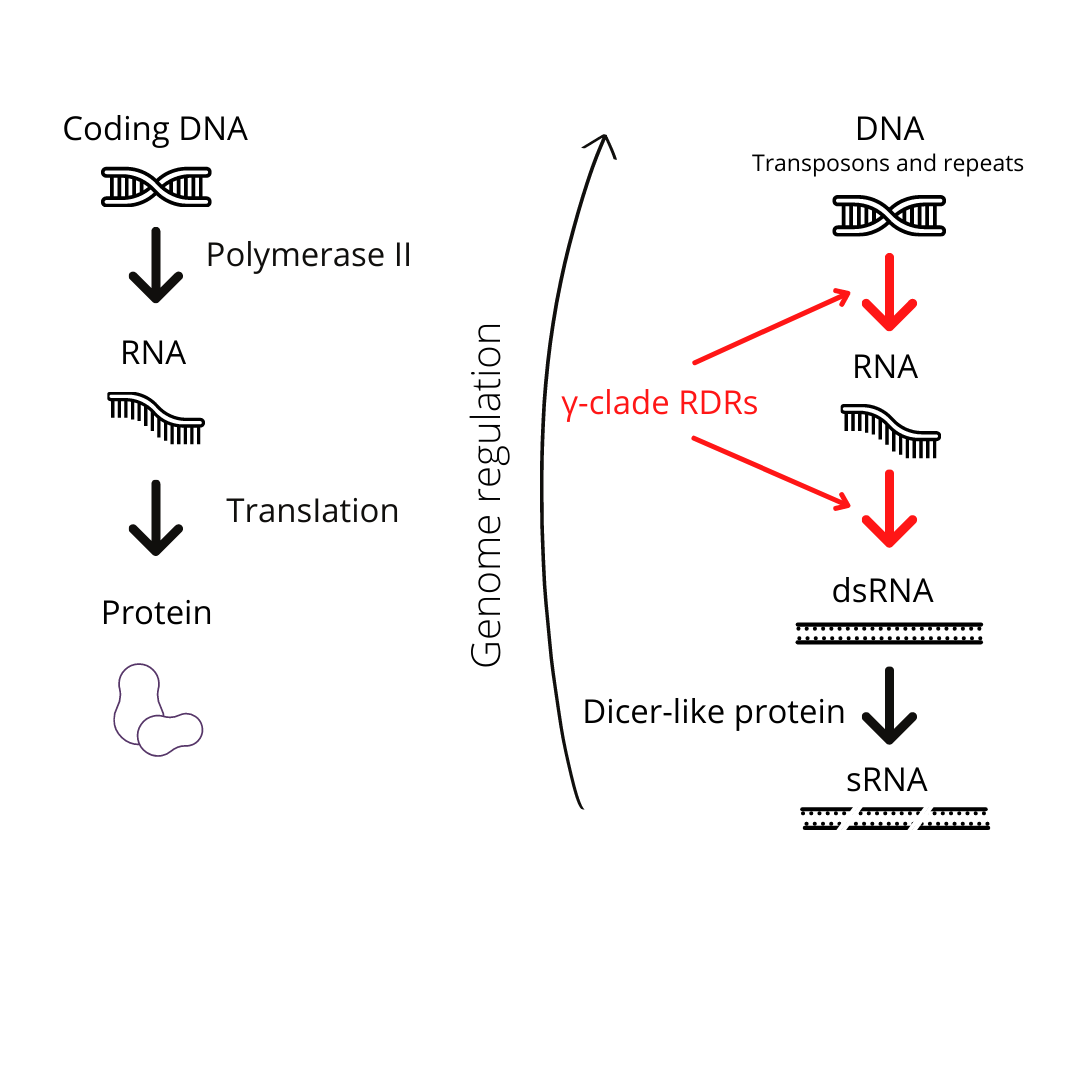-
Yeast, vesicles and genome duplication – A model for understanding eukaryotic evolution
Researchers at NCBS gain key insights into the role of whole genome duplication in the evolution of the vesicle trafficking system
-
New hypothesis for evolution of different species!
Rate of brain development and changes in neurochemicals can lead to the formation of new species.
-
Rare Disease Day 2022 - In conversation with Prof. Raghu Padinjat
On the Rare Disease Day, we approached Prof. Raghu Padinjat, Cell biologist, Dean Research, NCBS-TIFR, to learn about his work on using stem cells to understand Lowe Syndrome.
-
Unravelling the Origin of Life
“One of the most significant events in our distant past is still perhaps the greatest mystery: the origins of life itself.” - Neil Degrasse Tyson -
Peek-a-boo, I SAW you!
Using maths to correct for natural selection in Mutation Accumulation experiments
-
Probing the genetic blueprint reveals hidden nature of brain cells
Illustration by Mohammad Shariq
















